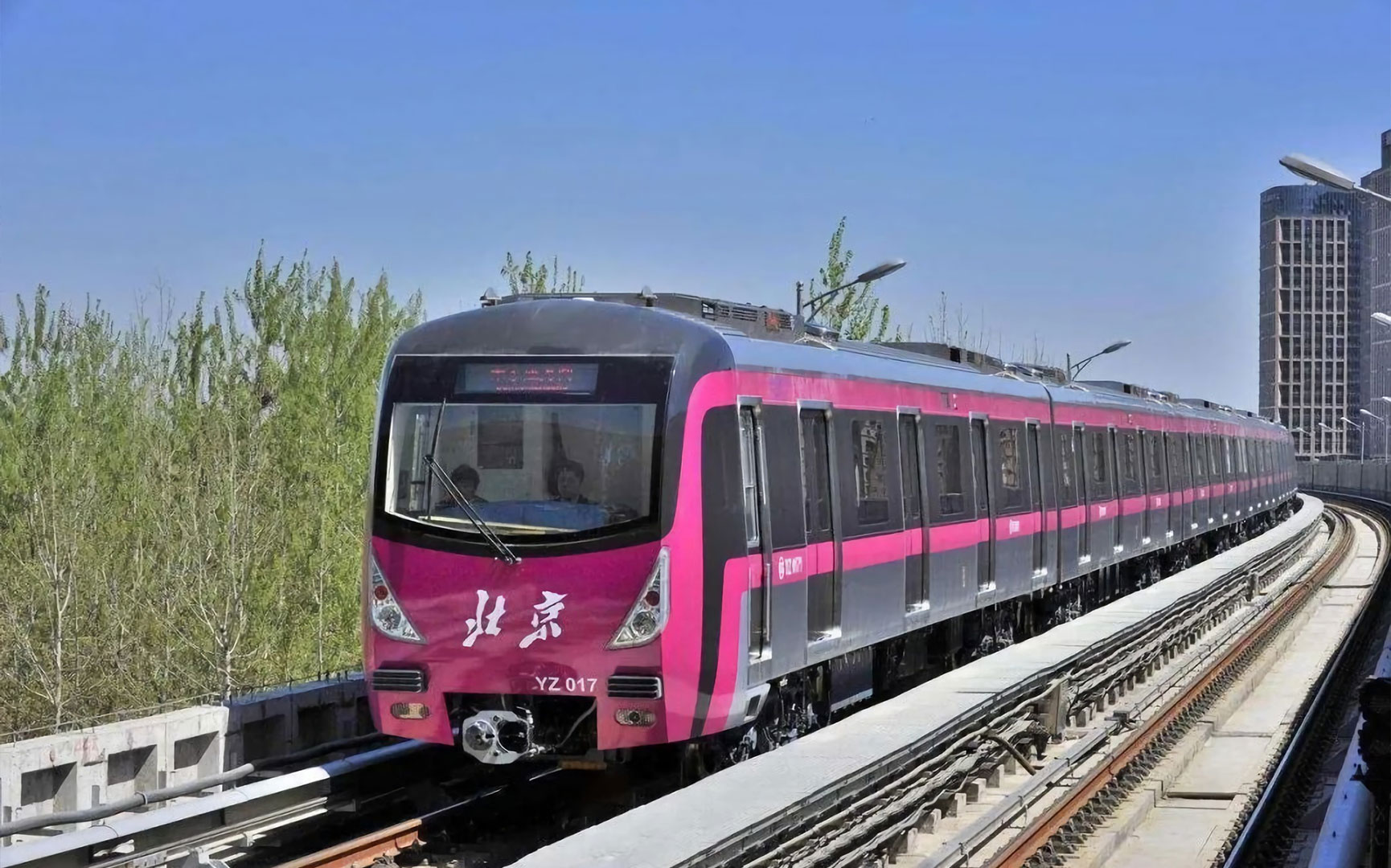Notification Center

train-detectionIndia
Jhansi - Bina Railway Line | India
The Jhansi-Bina railway line is a strategically important line which belongs to North Central Railway and is in Uttar Pradesh. Initially, the line featured analogue axle counters for detecting trains in individual track sections as well as a DC track circuit train detection system in less congested areas.
Eventually, there was a requirement to get them replaced with the Frauscher Advanced Counter FAdC. This project is one of Frauscher’s iconic Indian Railway projects, featuring 221 counting heads and 148 track sections.
In this project, the FAdC indoor electronics were placed in 19 stations and 15 block huts, and all 34 are connected over an Ethernet based redundant network, in a distributed architecture.
The wheel sensors were mounted onto the rail with the patented Frauscher Rail Claw which makes the installation process easy and convenient, since no drilling is required. In turn, this preserves the structural integrity of the rail, saves costs, and reduces the dwell time on track for the installation engineers. Additionally, the distributed architecture used in this project minimises setup costs and enhances scalability in an efficient and cost-effective way.
Increasing Availability
COM redundancy, PSC redundancy & network redundancy with bus architecture for very high availability.
Easy and Cost effective Integration
Greater cost saving due to distributed architecture and lower maintenance requirement.
This might also interest you

train-detectionChina
CBTC Fallback System on Beijing Metro Lines | China

train-detectionChina
Fenghuang Maglev | China

train-detectionFrance
Homologation for the Île-de-France tramway network | France

train-detectionKazakhstan
FAdC at Uglerudnaya Station | Kazakhstan
